-
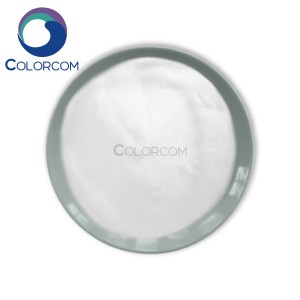
EDTA Disodium (EDTA-2Na) | 139-33-3
Products Description Ethylenediaminetetraacetic acid, widely abbreviated as EDTA, is an aminopolycarboxylic acid and a colourless, water-soluble solid. Its conjugate base is named ethylenediaminetetraacetate. It is widely used to dissolve limescale. Its usefulness arises because of its role as a hexadentate (“six-toothed”) ligand and chelating agent, i.e. its ability to “sequester” metal ions such as Ca2+ and Fe3+. After being bound by EDTA, metal ions remain in s... -
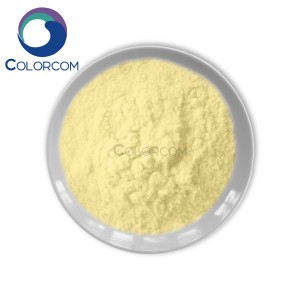
Vitamin A|11103-57-4
Products Description 1.essential for healthy eyes, and prevents night blindness and weak eye sight. 2.studies indicate a protective effect against common eye disorders such as cataracts. 3.found to protect against macular degeneration of the eyes that leads to loss of vision in the center of the visual field. 4.promotes normal working of the reproductive system in both males and females, including during pregnancy and lactation. 5.important in the development of bones and teeth. 6.powerf... -
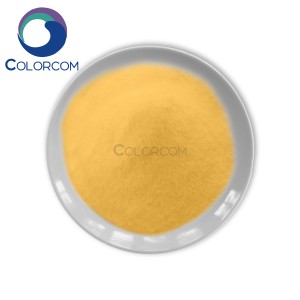
Vitamin B9 | 59-30-3
Products Description Vitamin B9, also known as folic acid, is an essential food ingredient in our food supply.It is a water-soluble Vitamins, which is vulnerable to ultraviolet radiation. Folic Acid can be used as a health food additive to be added in infant milk powder. The role of feed grade folic acid is to increase the number of live animals and the amount of lactation. The role of folic acid in broiler feed is to promote weight gain and feed intake. Folic acid is one of the B vitami... -
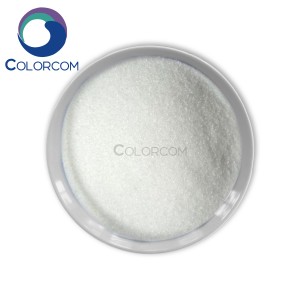
Vitamin B1 | 67-03-8
Products Description Thiamine or thiamin or vitamin B1 named as the “thio-vitamine” (“sulfur-containing vitamin”) is a water-soluble vitamin of the B complex. First named aneurin for the detrimental neurological effects if not present in the diet, it was eventually assigned the generic descriptor name vitamin B1. Its phosphate derivatives are involved in many cellular processes. The best-characterized form is thiamine pyrophosphate (TPP), a coenzyme in the catabol... -

Vitamin B2 (Riboflavin) | 83-88-5
Products Description Vitamin B2, also known as riboflavin, is slightly soluble in water, stable in neutral or acidic solution under heating. It is a composition of cofactor of yellow enzyme responsible for delivering hydrogen in the biological redox in our body. Product Introduction This product is dry uniform flowable particle made by microbial fermentation in which use glucose syrup and yeast extract as raw materials, and then get refined through membrane filtration, crystallization, a... -
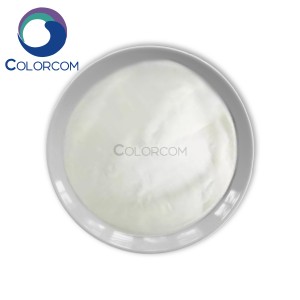
Vitamin B5 | 137-08-6
Products Description Vitamin B5, D-Calcium Pantothenate Food/feed Grade Formular C18H32CaN2O10 Standard USP30 Appearance white powder Purity 98%. Specification ITEM STANDARD Appearance White powder Identification Infrared absorption 197K Concordant with reference spectrum Identification A solution (1 in 20) responds to the tests for calcium Conform to USP30 Specific optical rotation +25.0°~+27.5° Alkalinity No pink color is produced within 5 seconds Loss on drying Not... -

Vitamin B6 | 8059-24-3
Products Description Vitamin B6(pyridoxine HCl VB6) is a water-soluble vitamin. It is also known by the names pyridoxine, pyridoxamine, and pyridoxal. Vitamin B6 performs the function as a cofactor for about 70 different enzyme systems – most of which have something to do with amino acid and protein metabolism. Clinic use: (1) Treatment of congenital hypofunction of metabolism; (2) Prevent and treat vitamin B6 deficiency; (3) Supplement to patients who need to consume more vitamin ... -
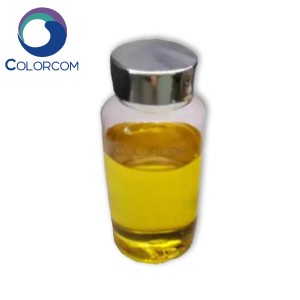
Vitamin D2 | 50-14-6
Products Description Vitamin D (VD for short) is a fat-soluble vitamin. The most important ones are vitamin D3 and D2. Vitamin D3 is formed by ultraviolet radiation of 7-dehydrocholesterol in the human skin, and vitamin D2 is formed by ultraviolet radiation of ergosterol contained in plants or yeast. The main function of vitamin D is to promote the absorption of calcium and phosphorus by the small intestinal mucosal cells, so it can increase the blood calcium and phosphorus concentration... -
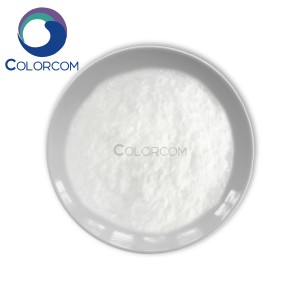
Vitamin D3 | 67-97-0
Products Description Cholecalciferol, (sometimes called calciol) is an inactive, unhydroxylated form of vitamin D3)Calcifediol(also called calcidiol, hydroxycholecalciferol, 25-hydroxyvitamin D3, etc. and abbreviated 25(OH)D is one of the forms measured in the blood to assess vitamin D status Calcitriol(also called 1,25-dihydroxyvitamin D3) is the active form of D3. Specification ITEM STANDARD APPEARANCE WHITE OR OFF-WHITE FLOWING POWDER SOLUBILITY EASILY DISPERSED IN COLD WA... -
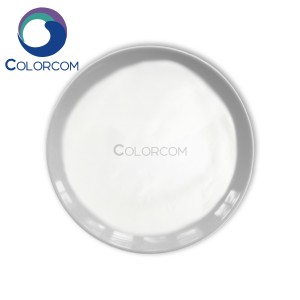
Vitamin K3 | 58-27-5
Products Description It is sometimes called vitamin k3, although derivatives of naphthoquinone without the side chain in the 3-position cannot exert all the functions of the K Vitamins. Menadione is a vitamin precursor of K2 which utilizes alkylation to yield menaquinones (MK-n, n=1-13; K2 vitamers), and hence, is better classified as a provitamin. It is also known as “menaphthone”. Specification ITEM STANDARD APPEARANCE Yellowish crystalline powder PURITY(%) >... -
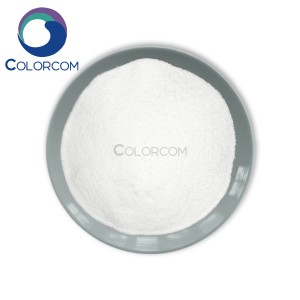
Carbomer | 9007-20-9
Products Description Polyacrylic acid and its derivatives are used in disposable diapers, ion exchange resins, adhesives, and detergents. Detergents are often copolymers of acrylic acid that can be used in both zeolites and phosphates in washing powder formulations. They are also popular as a thickening, dispersing, suspending, and emulsifying agents in pharmaceuticals, cosmetics, and paints. Cross-linked polyacrylic acid has also been used in the processing of household products, includ... -

L-Carnitine | 541-15-1
Products Description L-carnitine, sometimes referred to as simply carnitine, is a nutrient manufactured from the amino acids methionine and lysine in the liver and kidneys and stored in the brain, heart, muscles tissue, and sperm. Most people produce sufficient amounts of this nutrient to stay healthy. Certain medical disorders, however, may prevent carnitine biosynthesis or inhibit its distribution to tissue cells, such as intermittent claudication, heart disease, and certain genetic di...

